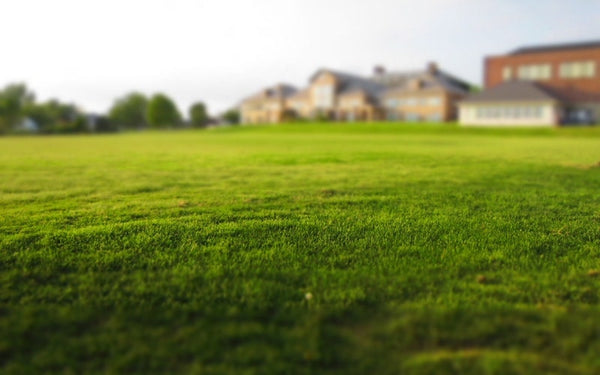Have you ever wondered how beautiful and attractive life would be with the use of turf? What is turf? What is synthetic turf? What is synthetic turf made of? All these common questions will be answered in this article.
Everywhere one goes, greenery is always a feast for the eyes. It may be outside one’s home, on a playing field, golf courses, and outside of establishments. Surely, there is an inclination to enhance one’s outdoor view. To do this, turf is often necessary.
According to WordWeb, turf is a surface layer of ground containing a mat of grass and grass roots. In a simpler term, a turf can be considered grass. Turf can be the grass that one often sees outside houses, in resorts, and in playing fields.
Outside one’s home, grass would be a sight to behold, especially for those who love nature. To take care of it, one waters it everyday. When the grass grows to a certain length, one needs to cut it down to the desired size. Without regular watering and trimming, the grass could make a beautiful home look awful. Thus, genuine grass requires constant effort to achieve its aesthetic purpose.
A turf company has created something new to address this issue. Artificial turf came into being. What is artificial turf? Artificial means not natural. Thus, artificial turf means synthetic fibers used as natural grass.
The synthetic turf made by various companies have provided the solution for homeowners who wish to have green lawns that did not require expensive and tiring maintenance. With synthetic turf, there is no need to water and trim. Residential lawns and arenas will delight any onlooker with their beauty.
Some artificial turf materials involve infills like silicon or granulated rubber. Granulated rubber is also called “crumb rubber.”
There are artificial turf varieties, namely:
- AstroTurf,
- SuperTurf, and
- FieldTurf
In playing fields and arenas, FieldTurf is widely used. AstroTurf has the most established reputation. However, there are fresher and consumer-friendly kinds of artificial turf introduced over the years.
The difference between the three kinds of artificial turf is the infill material and its depth. Infill usually constitutes sand or cream rubber. The depth of the infill will affect the rigidity of the turf. However, there are downsides to using synthetic turfs.
With all the mentioned uses of synthetic turf made for landscaping and recreation, surely one will consider it advantageous. Moreover, its maintenance won’t need regular watering and trimming. To save time and money in achieving the precise lawn and playing field artistic effect, artificial turfs should be considered when it comes to commercial and residential lawns.










